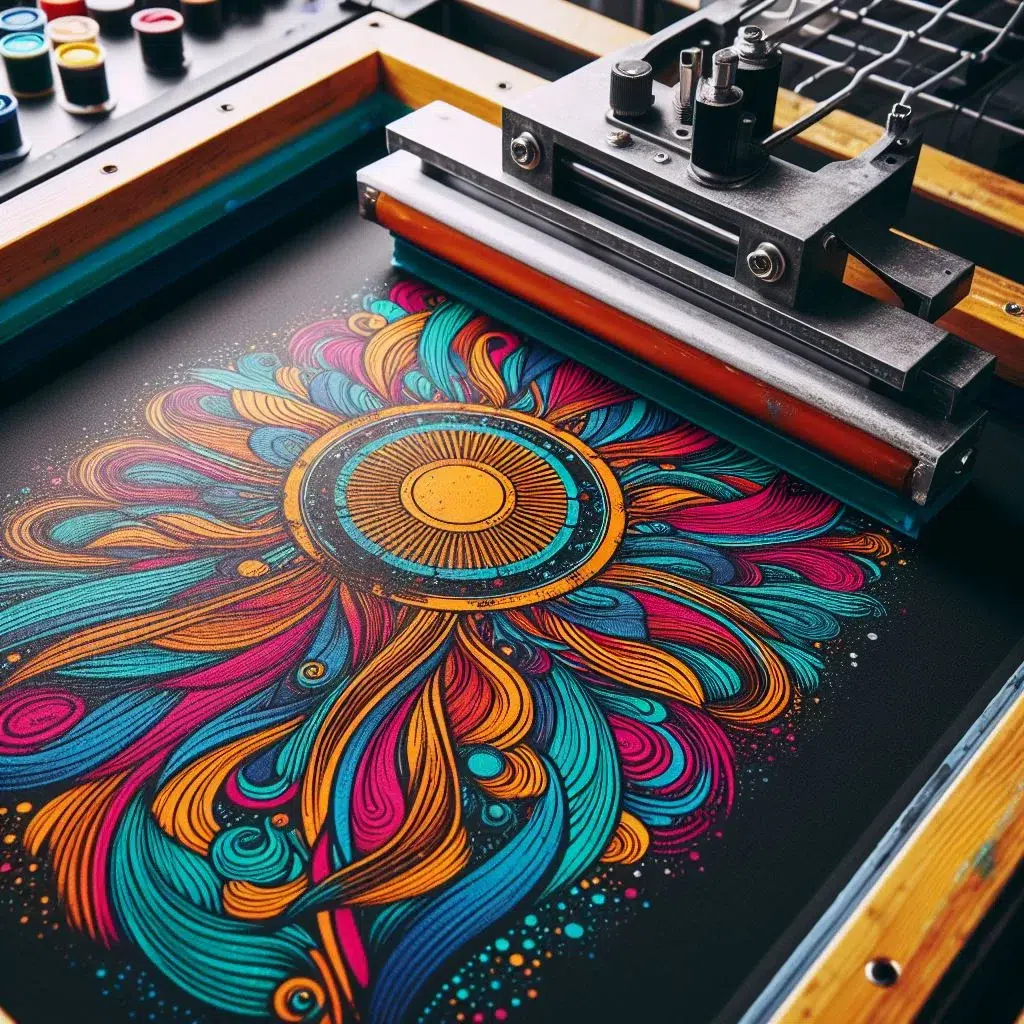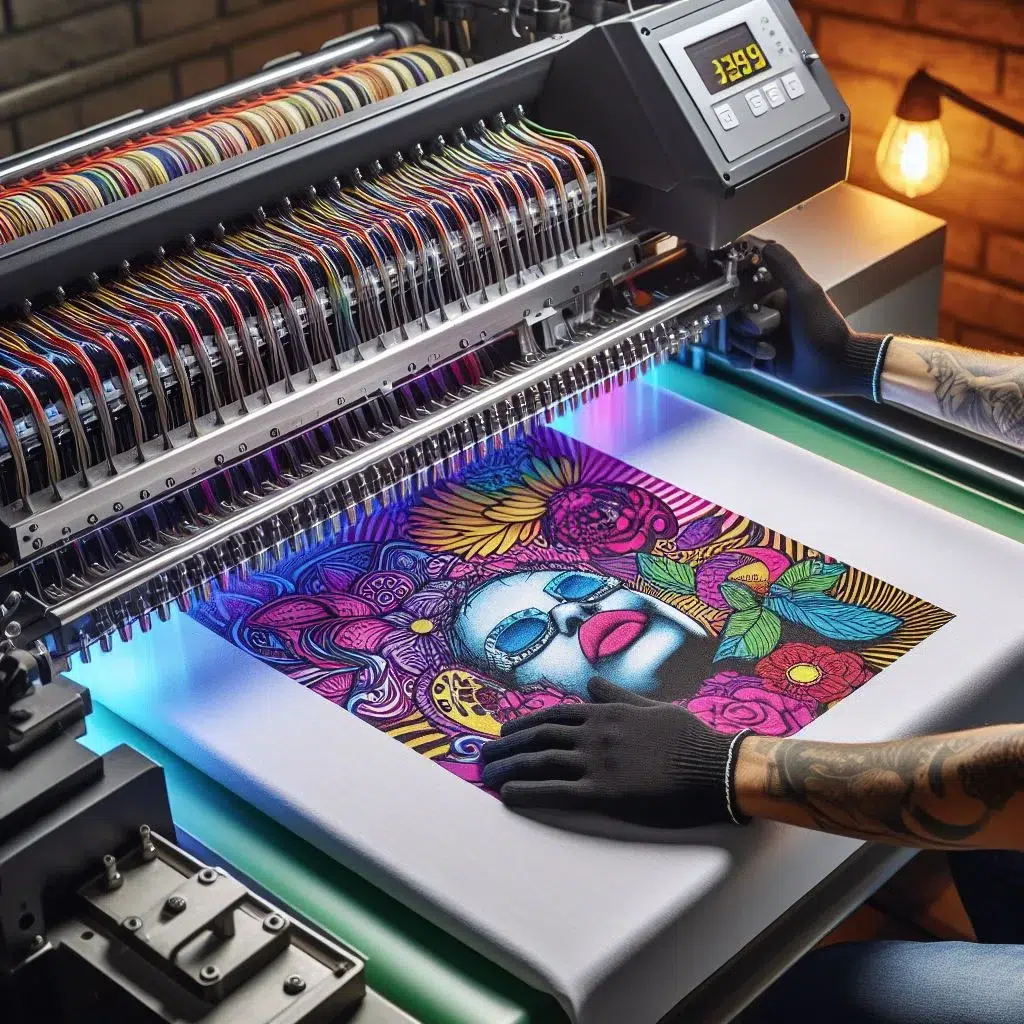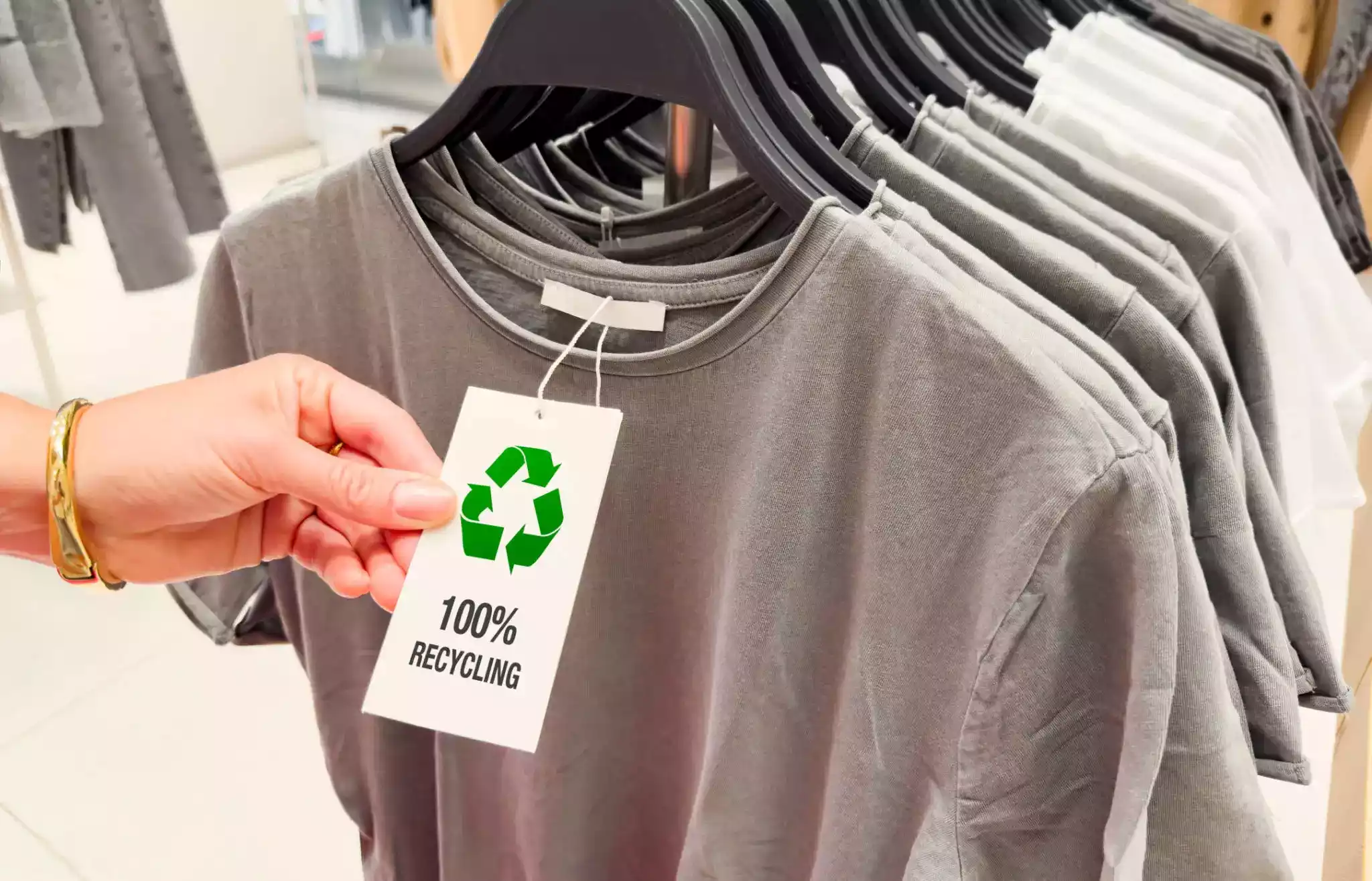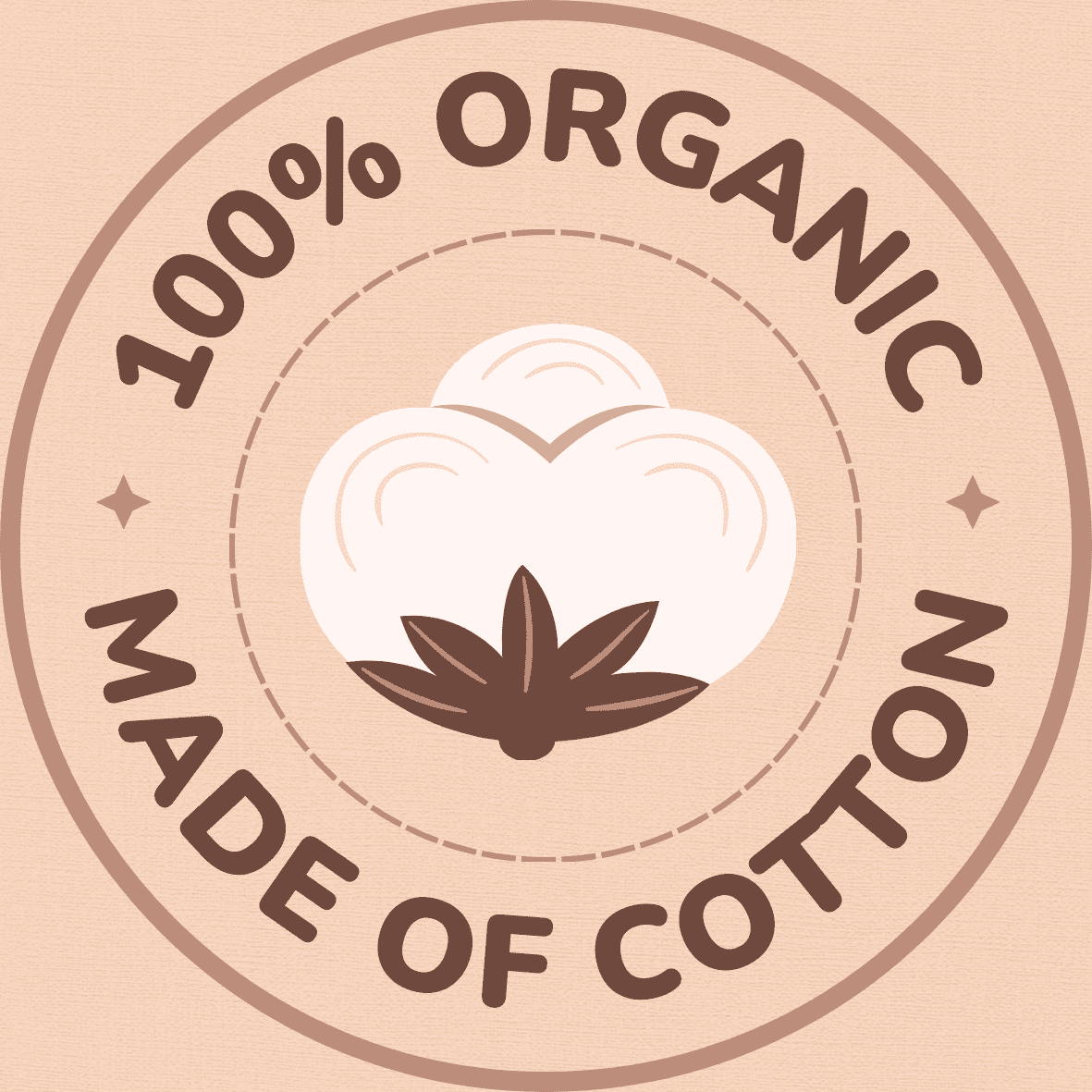Explore the battle between screen printing and heat press, two popular methods for creating custom designs on apparel.
Table of Contents
Screen Printing: The Pros and Cons

Screen printing and heat press are two popular methods used for creating custom designs on various materials. When comparing screen printing and heat press, there are several pros and cons to consider.
One of the advantages of screen printing is its durability. Screen printed designs tend to last longer compared to heat press, especially when it comes to frequent washing. The ink used in screen printing is more resistant to fading and cracking, ensuring that the design maintains its quality even after multiple wears and washes. Additionally, screen printing offers a wide range of options, including the ability to use puff ink for a raised effect. On the other hand, heat press designs may fade or peel over time, making them less durable in the long run.
However, there are a few downsides to screen printing as well. One consideration is the complexity of the process. Screen printing requires multiple screens to be created, each representing a different color in the design. This can increase the setup time and cost, making it less convenient for small-scale productions or quick turnaround times. Additionally, screen printing might not be suitable for materials that are sensitive to heat, as the curing process involves high temperatures. For instance, dying a shirt after screen printing could potentially affect the quality of the printed design.
Heat Press: The Pros and Cons

When it comes to comparing heat press with screen printing, there are several factors to consider. One of the main advantages of heat press is its versatility. It allows for intricate and detailed designs to be easily transferred onto various materials, including clothing, accessories, and promotional items. This makes it a popular choice for businesses looking to create custom products. Additionally, heat press machines are relatively easy to use and require minimal setup, making them accessible to both professionals and beginners alike. However, it is important to note that heat press may not be as durable as screen printing, particularly when it comes to long-term wear and tear. This is something to consider when choosing between the two methods and selecting the best screen printing vendors for your project.
On the other hand, heat press also has some limitations. Unlike screen printing, which allows for a wide range of colors and effects, heat press is generally limited to a single color or design. This makes it less suitable for complex or intricate designs that require multiple colors and shading. Additionally, heat press is not always the most cost-effective option, especially for larger quantities. While it may be suitable for small batches or one-off prints, the costs can quickly add up if you are looking to produce a large volume of products. Therefore, it is important to carefully evaluate your needs and budget when deciding between heat press and screen printing, in order to make the best decision for your specific project requirements.
Quality and Durability of Screen Printing
When it comes to screen printing, the quality and durability of the prints largely depend on the method used and the type of ink used. One popular method is plastisol screen printing, which involves using a thick, plastic-based ink that is cured with heat to create a vibrant and long-lasting print. The advantage of plastisol screen printing is that it can be used on various materials, including cotton, polyester, and blends. Another option is screen printing puff ink, which creates a raised, textured effect on the fabric. This type of screen printing adds depth and dimension to the design, enhancing its overall quality and durability. Overall, screen printing offers a high level of quality and durability, especially when using specialized inks and techniques like plastisol screen printing and screen printing puff ink.
Quality and Durability of Heat Press
Heat press is a popular method of printing that offers a high level of quality and durability. The heat transfer process ensures that the design adheres firmly to the fabric, resulting in crisp and vibrant prints. The use of heat and pressure helps to create lasting prints that are resistant to fading, cracking, or peeling. Additionally, heat press allows for precise control over temperature and pressure, ensuring that each print is consistent and of top-notch quality.
When it comes to durability, heat press excels in providing long-lasting prints. The heat transfer process securely bonds the ink to the fabric, making it less prone to wear and tear. This is especially advantageous for garments that experience frequent washes and heavy use. Whether it’s a t-shirt, hoodie, or any other fabric item, heat press prints are designed to withstand the test of time. This durability makes heat press an excellent choice for businesses that require high-quality prints that will maintain their vibrant appearance even after multiple washes.
Cost Comparison: Screen Printing vs Heat Press
One of the major factors that businesses consider when choosing between screen printing and heat press is the cost. When it comes to screen printing, the cost can vary depending on the size of the print. For large-scale projects, such as jumbo screen printing, the setup costs can be quite high. However, once the setup is done, the cost per unit decreases significantly, making it a cost-effective option for bulk orders. Additionally, investing in quality screen printing equipment and services ensures that the prints are durable and long-lasting, reducing the need for frequent replacements.
On the other hand, heat press printing requires minimal setup costs and can be more affordable for smaller quantities or custom prints. However, the per-unit cost tends to be higher than screen printing, especially for larger orders. It is important to note that the quality may not be as high as silk screen printing services, and the prints may not be as durable in the long run. Therefore, businesses need to consider the trade-off between cost and quality when deciding between screen printing and heat press for their printing needs.
Design Flexibility: Screen Printing vs Heat Press

Design flexibility is an important aspect to consider when choosing between screen printing and heat press methods. Screen printing offers a wide range of design options and allows for intricate details to be reproduced accurately. With high-quality silk screen printing, you can achieve vibrant and long-lasting prints on various materials, such as fabric, paper, and plastic. Whether you want to print intricate logos, illustrations, or complex patterns, screen printing ensures that every minute detail is captured with precision. Additionally, screen printing allows for multi-color designs without any limitations, making it a preferred choice for creating visually appealing and eye-catching prints. Moreover, screen printing provides the advantage of low-cost production, especially for bulk orders, making it a cost-effective solution for businesses and individuals looking to print large volumes of merchandise without compromising on quality.
On the other hand, while heat press may not offer the same level of design flexibility as screen printing, it still provides some unique advantages. Heat press is ideal for single-color or simpler designs, making it suitable for text-based prints or basic logos. The process involves applying heat and pressure to transfer pre-printed designs onto the desired material. Heat press is particularly effective for creating custom-made products or individualized items. Although heat press may not be as versatile as screen printing, it offers a quick and efficient method for producing small runs or personalized merchandise. Furthermore, heat press allows for easy customization, making it a popular choice for businesses that require quick turnaround times or those catering to a niche market with specific design requirements.
Turnaround Time: Screen Printing vs Heat Press
In the world of custom printing, turnaround time is often a critical factor to consider. When it comes to screen printing in Los Angeles, CA, it typically involves a longer wait compared to heat press. This is because screen printing involves a multi-step process, including creating screens for each color in the design, setting up the press, and then individually printing each item. However, for specialized techniques like 3D puff screen printing or all-over print screen printing, the turnaround time may be extended even further due to the complexity and precision involved. Despite the longer wait, many businesses and individuals still opt for screen printing due to its high level of quality and durability.
On the other hand, heat press offers a much faster turnaround time compared to screen printing. With heat press, the design is printed onto a heat transfer vinyl or paper, which is then heat-pressed onto the garment. This process is relatively quick and straightforward, making it an ideal choice for those who need their custom prints in a short period. However, it’s important to note that heat press may not offer the same level of durability as screen printing, especially for designs that require frequent washing or heavy use. So, while heat press may provide a quicker turnaround time, it’s essential to consider the trade-off between speed and long-term quality when choosing the right printing method.
Application on Different Materials: Screen Printing vs Heat Press

When it comes to application on different materials, both screen printing and heat press have their own advantages and limitations. In terms of screen printing, it is known to be highly effective and versatile in printing on various fabrics and surfaces. From cotton and polyester to denim and canvas, screen printing can deliver vibrant and long-lasting results. In fact, it is considered the best fabric for screen printing due to its ability to hold detailed designs and vivid colors. Whether you’re looking to print custom t-shirts, tote bags, or even promotional banners, screen printing can provide exceptional quality and durability.
On the other hand, heat press also offers a wide range of applications on different materials. From vinyl and heat transfer paper to sublimation supplies, heat press allows for precise and intricate designs on fabrics such as polyester, nylon, and spandex. It is particularly popular in areas like Los Angeles, where screen printing businesses thrive. Screen printing Los Angeles is a competitive market, but heat press has its own unique advantages, especially when it comes to customization and personalization. While it may not be the best option for every material, heat press is certainly a viable choice for individuals looking for quick and easy prints on various fabrics.
In conclusion, whether you opt for screen printing or heat press, it is essential to consider the specific requirements of your project and the materials you plan to work with. While screen printing may be the best choice for certain fabrics and surfaces, heat press offers its own set of benefits, particularly in terms of customization and efficiency. By understanding the strengths and limitations of both methods, you can make an informed decision and choose the most suitable application technique for your needs.
• Screen printing is highly effective and versatile in printing on various fabrics and surfaces.
• It can deliver vibrant and long-lasting results on materials like cotton, polyester, denim, and canvas.
• Screen printing is considered the best fabric for holding detailed designs and vivid colors.
• It is ideal for custom t-shirts, tote bags, and promotional banners due to its exceptional quality and durability.
• Heat press offers a wide range of applications on different materials as well.
• It allows for precise and intricate designs using vinyl, heat transfer paper, or sublimation supplies.
• Fabrics such as polyester, nylon, and spandex are suitable for heat press prints.
• Heat press is especially popular in competitive markets like Los Angeles where customization is valued.
In conclusion:
– Consider the specific requirements of your project before choosing between screen printing or heat press.
– Screen printing excels with certain fabrics while offering durability.
– Heat press provides customization options with efficiency.
Environmental Impact: Screen Printing vs Heat Press
Screen printing and heat press are two popular methods for creating designs on various materials, each with its own environmental impact. The difference between heat press and screen printing lies in the process. Heat press involves transferring a design onto a material using heat and pressure, while screen printing involves pushing ink through a stenciled mesh screen onto the material.
When considering the environmental impact, it is essential to understand the difference between screen printing and heat press. Screen printing typically requires more water and chemicals for cleaning and preparation, as well as more electricity for drying the prints. On the other hand, heat press requires less water and chemicals since it does not involve the use of screens or cleaning solvents. Additionally, heat press machines tend to be more energy-efficient, as they only require electricity for heating the plates.
Different kinds of screen printing, such as discharge printing and water-based printing, can be more eco-friendly compared to traditional screen printing methods. These techniques utilize less harmful chemicals, reduce water consumption, and produce vibrant and durable prints. However, it is important to note that heat press can also be environmentally friendly if the heat press vinyl used is made from sustainable, recyclable, or biodegradable materials. Ultimately, the environmental impact of both methods depends on the materials and processes used, making it necessary to consider various factors when choosing the right printing method for your specific project.
Choosing the Right Method: Factors to Consider
When considering the right method for your printing needs, there are several factors to take into account. Firstly, emboss screen printing offers a unique and eye-catching texture to your designs. This method is ideal for adding depth and dimension to your prints, making them stand out from the crowd. On the other hand, if you’re looking to print on materials such as polyester or spandex, heat press t-shirt printing might be a better option. This method utilizes heat and pressure to transfer the design onto the fabric, resulting in vibrant and long-lasting prints. However, it’s important to note that heat press shirts may not have the same level of durability as screen prints. Screen printing, on the other hand, is known for its exceptional durability and resistance to fading, making it suitable for garments that will undergo frequent washing and wear.
In addition to considering the specific techniques and materials, cost is another crucial factor to consider. Screen printing is generally more cost-effective for large quantities, as once the screens are set up, the actual printing process is relatively quick and efficient. Conversely, heat press printing can be more expensive for larger quantities due to the need for individual transfers for each item. Moreover, design flexibility is another aspect to keep in mind. With screen printing, you have a wide range of colors and intricate details at your disposal. In contrast, heat press printing is better suited for simpler and bold designs. Thus, it is important to assess your specific needs and requirements when choosing between these two methods.
What is screen printing?
Screen printing is a method of printing where ink is pushed through a mesh screen onto a surface to create a design.
What are the pros of screen printing?
Screen printing offers high-quality and durable prints, especially on fabric. It is also cost-effective for large quantities and offers design versatility.
What are the cons of screen printing?
Screen printing can be time-consuming for intricate designs and requires a setup process that may not be ideal for small orders.
What is a heat press?
A heat press is a machine that uses heat and pressure to apply a design onto a surface using a transfer paper or vinyl.
What are the pros of heat press?
Heat press allows for quick and easy application of designs, making it suitable for small orders and customization. It also works well on a variety of materials.
What are the cons of heat press?
Heat press prints may not be as durable as screen printing, especially on fabrics, and they may fade or peel over time. It can also be less cost-effective for large quantities.
Is screen printing more durable than heat press?
Yes, screen printing is generally considered more durable than heat press, especially when applied to fabrics. The ink is cured at high temperatures, resulting in long-lasting prints.
Which method is more cost-effective: screen printing or heat press?
Screen printing is usually more cost-effective for larger quantities, while heat press is more suitable for smaller orders or personalized designs.
Can screen printing accommodate intricate designs?
Screen printing can accommodate intricate designs, but it may require more time and effort during the setup process compared to heat press.
Can heat press be used on different types of materials?
Yes, heat press can be used on various materials such as cotton, polyester, and blends, as well as on non-fabric surfaces like ceramic or metal.
How does screen printing impact the environment?
Screen printing uses more ink and generates more waste compared to heat press. However, eco-friendly inks and proper waste management can help minimize the environmental impact.
How does heat press impact the environment?
Heat press generally has a lower environmental impact compared to screen printing since it uses less ink and generates less waste. However, it still requires the proper disposal of transfer paper or vinyl.




